Before travelling to Iceland a Kiwi friend who’d been said it looked a lot like New Zealand. Which turned out to be true in many ways, not in others. They’re both amazing places, I’d recommend visiting both, but if you had to choose between them here are some things to consider. I’ve shown a couple of photos from each country to illustrate, Iceland then New Zealand.
THE SIGHTS
Geothermal
The original tourist attractions for both countries, Iceland’s Geysir gave it’s name to geysers, while tourists have been travelling to Rotorua since soon after it was possible to visit New Zealand. Neither will disappoint. The Geysir and Myvatn areas of Iceland I visited were pretty spectacular. In New Zealand the Rotorua / Taupo area of the North Island and White Island off the coast of the Bay of Plenty are quite incredible. I have a soft spot for New Zealand’s as the first that I saw, and for their greater variety of colours, but they are less extensive than what can be found in Iceland.



Geothermal baths
People bathing in hot steaming pools at the Blue Lagoon are an iconic image of Iceland. For a similar experience at half the price there are also the less extensive (and much further from Reykjavik) option of the Myvatn geothermal baths. Note that both are man made tourist attractions, you won’t find many locals there, and the Blue Lagoon is basically waste water from the nearby geothermal power station. The Blue Lagoon is super popular, expect to have to book up to weeks in advance. There are plenty of hot water springs (less likely to scald you than those in Iceland), both paid and free in the bush in New Zealand, but nothing really comparable to Iceland, and as it’s warmer you don’t get the same steaming effect.
 Glaciers
Glaciers
Iceland wins hands down, being home to Vatnajökull. the third largest glacier in the world, and many others, mostly on the southern half of the island. New Zealand’s are concentrated in the Southern Alps of the South Island, and while not nearly as large, the most accessible, Fox and Franz Josef glaciers, are surrounded by temperate rainforest, which is pretty unusual. Sadly in both countries the glaciers are visibly retreating rapidly.


 Glacial lakes
Glacial lakes
Where you have glaciers you often have glacier lakes at their base, with chunks of the face of the glacier falling off and melting, before heading out to the sea. I visited a couple of iceberg filled glacial lakes fed by the mighty Vatnajökull glacier, the otherworldly brown waters of Svínafellsjökull and the jaw dropping Jökulsárlón, where icebergs can be found washed up on the beach. New Zealand has something similar, though less impressive, at Tasman Glacier near Mt Cook, and rather impressive, but a lot less accessible at Lake Crucible in Mt Aspiring National Park.


 Rock formations
Rock formations
Iceland is a geologists dream (which I can confirm first hand, having two geologists on my trip there), with the most incredible volcanic landscapes, from epic lava fields, to huge basalt rock formations. New Zealand has a much greater variety of landscapes, but fewer obviously volcanic in the same fashion as Iceland. The Pancake Rocks on the West Coast of the South Island are rather good though.


 Volcanoes
Volcanoes
Iceland is entirely made of them, New Zealand, particularly the North Island, is made in large part by them. You’ll see plenty in both countries, and be able to climb up and explore the craters of them. Iceland no doubt has more, but I saw fewer obvious classic volcanic sights such as New Zealand’s Mt Taranaki or Rangitoto, though they’re probably just lost in the sheer number of volcanoes.

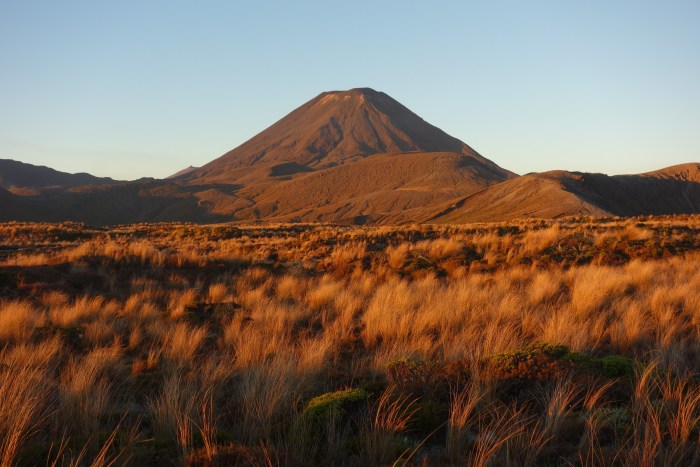
 Mountains
Mountains
Iceland is a surprisingly flat country, with the highest peak Hvannadalshnúkur rising to 2,100m, and only Bárðarbunga also being higher than 2,000m. New Zealand’s Mt Cook is 3,724m, and there are 19 mountains over 3,000m, all in the Southern Alps running the length of the South Island. As a tourist there are plenty of snow capped mountains in both places, but it’s hard to beat a winter or spring flight to Queenstown passing over the top of the Southern Alps.


 Wildlife
Wildlife
Both countries have a native animal population of primarily birds, with the only native mammals being the arctic fox in Iceland, and a couple of rare bats in New Zealand. Despite huge efforts to protect native bird life in New Zealand you will see far more birds in Iceland, it’s one of the top bird watching places in the world, particularly for migratory sea birds. There are some great bird watching spots in New Zealand, such as Miranda on the east coast of Auckland, and more variety with alpine parrots, large eagles, and the flightless Kiwi, but there isn’t the same density of bird life. It does have rather a lot of cows though…


 Fjords
Fjords
Most of the top half of Iceland’s coastline are fjords, while New Zealand’s are concentrated in the aptly named Fjordland on the south west coast of the South Island. Iceland’s are certainly very pleasant and relatively accessible by road, but less spectacular than those in Fjordland (which are rated with Norway and Alaska as some of the best in the world).

Black sand beaches
Every beach in Iceland (other than a few on the western shores made of crushed shells) is formed of black volcanic sand, and seemingly almost all are windswept with significant waves. Most of the western shores of New Zealand are also black volcanic sand beaches, from Auckland to Raglan on the North Island, and the West Coast of the South Island. Expect similar levels of desolation, though it is significantly warmer, particularly on the North Island.


 Deserts
Deserts
Iceland doesn’t have any official deserts though the highlands might look like them in places. New Zealand has one, the Rangipo Desert which looks very similar to the Icelandic highlands but is even drier, and home to more plant life somewhat confusingly. They’re both super atmospheric, inhospitable places, one of my favourite environments to explore.


 Northern / Southern Lights
Northern / Southern Lights
Iceland is famous for the Northern Lights but be warned even there they’re by no means guaranteed. You can only see them during late autumn / winter / early spring as its simply too light in the evenings otherwise. You’ll also need clear skies at night, which is not common with typical Icelandic weather. Rough estimates I’ve heard is that they can be seen a few nights a month during winter. New Zealand has very similar lights though they’re even least commonly seen, though your chances are greater the further south you go.
New Zealand has a far wider range of scenery in addition to that covered above, with sub-tropical rainforests, beautiful yellow sand beaches, huge sand dunes (yellow and black sand), tussock landscapes, and wetlands.
Cities
Your prime reason to visit either country probably isn’t their cities, but they are certainly worth visiting while you are there. Reykjavik is the only city of any real size in Iceland (even then it’s core population is only 130,000 people), and makes for a interesting place to spend a couple of days exploring, though little more. Auckland is ten times the size, and as my home city I’m a little biased toward, but there is plenty to fill a great week exploring the city, parks, beaches and islands in the Hauraki Gulf. Wellington is also an amazing little city (still more than times the size of Reykjavik) to spend at least a few days, and Christchurch is worth a couple of days also.


 THE PRACTICALITIES
THE PRACTICALITIES
Getting there
They were both some of the last places on the planet to be colonised by people, which says something about their remoteness, but Iceland is clearly closer for many people, being located in the North Atlantic between North America and Europe. New Zealand is a long way from anywhere to be honest, it’s closest main neighbour Australia is a four hour flight away. Both are well connected with plenty of international flights, and have decent main airports.
Getting around
Both have high quality infrastructure, though those expecting the motorways of Europe or North America will be disappointed. Outside of the main cities the roads are typically two lanes, with more bends and hills to navigate than might be expected of main roads, particularly in New Zealand, though the weather is more generally favourable than Iceland. Outside of Reykjavik there is very little traffic in Iceland, even during peak season, though parking at popular spots can be tight. New Zealand definitely has more traffic but it is only really an issue in Auckland and during public holidays. Expect long days of driving in both countries, as there are few or no long distance trains, though New Zealand does have a much better developed long distance bus network. Both also have a number of regional airports which can save time, but probably not money.


 Trip length
Trip length
Obviously you can spend as long or as little time in a place and still have a memorable experience. Ten days in Iceland though felt like sufficient time to see the majority of things I wanted to see, while the equivalent in New Zealand would take at least twice as long, and even then there would be a lot not seen, reflecting a bigger country with a greater variety of attractions.
Costs
Expect to pay at least double, and often significantly more, for everything in Iceland compared with New Zealand, other than the flights to get there, given the distances involved. Accommodation, car hire, and food are ridiculously expensive in Iceland thanks to it being a small geographically isolated economy, with business monopolies, and high taxes. New Zealand is more expensive than Europe, North America and Australia, but not ridiculously so. Almost all natural attractions in both countries are free thankfully.
Toilets
Important when travelling given the considerable distances involved, and isolation of many natural sights. Iceland has made a big investment in public toilets over the past few years, though at the most popular attractions expect to pay around €1 to use them. New Zealander probably has more free public toilets per capita than anywhere else in the world, with almost every town, village or national park car park having them, though in the parks they’re likely to be long drops.
Accommodation
Plenty of options in both countries though note that during peak season (I.e. summer, public holidays) it pays to book ahead as both countries are experiencing tourism booms, which are putting a lot of pressure on infrastructure. Despite the pace of opening new hotels there is a real shortage, with many places being fully booked months in advance. Camping is more of an option in New Zealand, less so in Iceland given the typical weather conditions.
Food
You can get pretty much anything in New Zealand, and it is often very good with many excellent cafes and restaurants opening in recent years. Iceland is unsurprisingly big on fish and lamb, but short on salads and vegetables, as they are either imported or grown in geothermally powered greenhouses. In Iceland avoid supposedly traditional cuisine such as whale and puffin as they’re actually mainly eaten by tourists, and support the hunting of endangered or threatened species.
Weather
Iceland has notoriously variable weather. I visited in July, peak season as it’s the middle of summer, and my ten days split into 2-3 sunny ones, 4-5 overcast ones, and 2-3 wet ones. The elemental weather does bring atmosphere, but equally you may not want to stand on a cliff top in strong winds and driving rain for very long. New Zealand weather, like most in the world thanks to climate change, has become more unpredictable but particularly late summer / early autumn it is usually settled and very pleasant. Careful you don’t get sunburnt though, New Zealand has the strongest UV in the world.
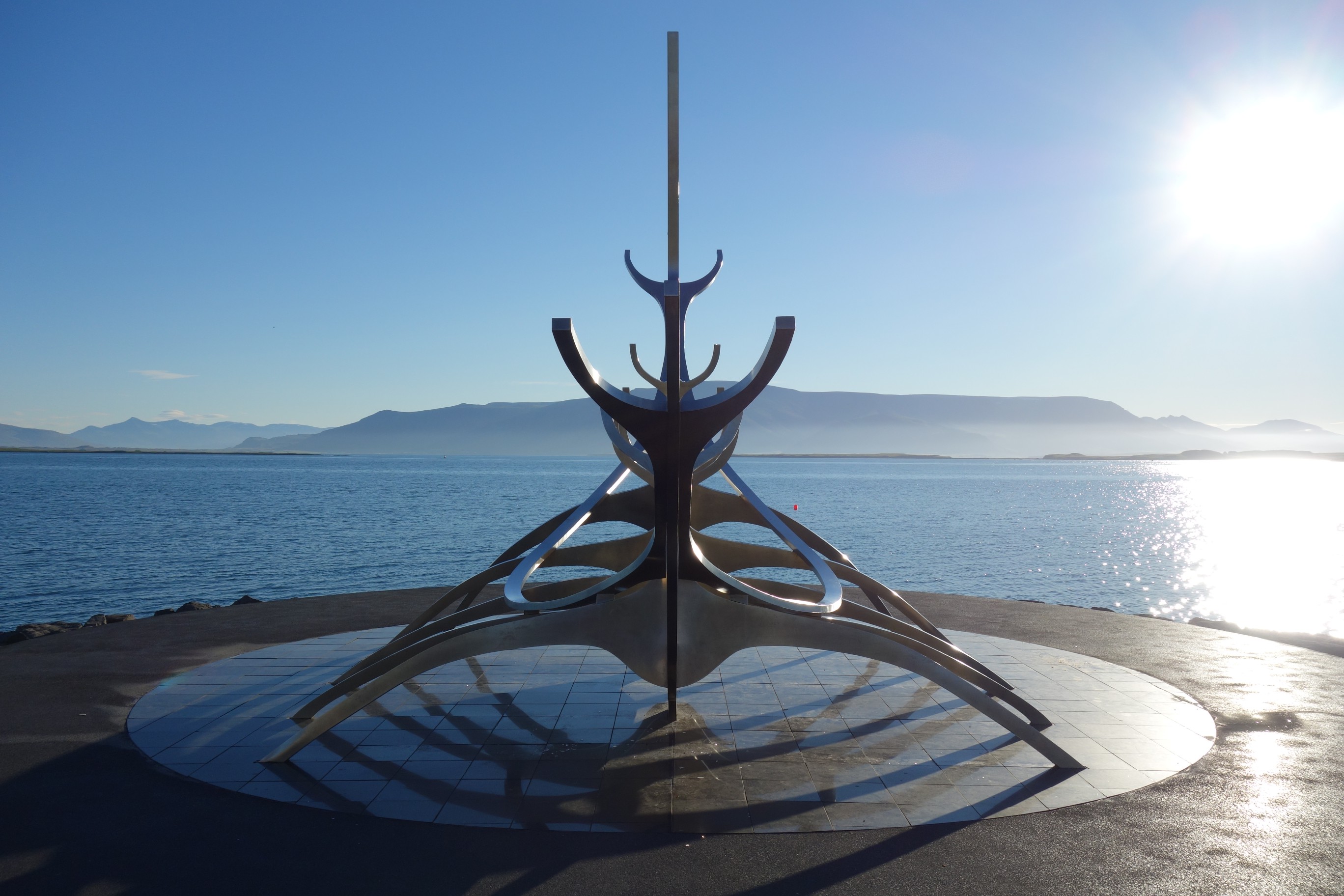


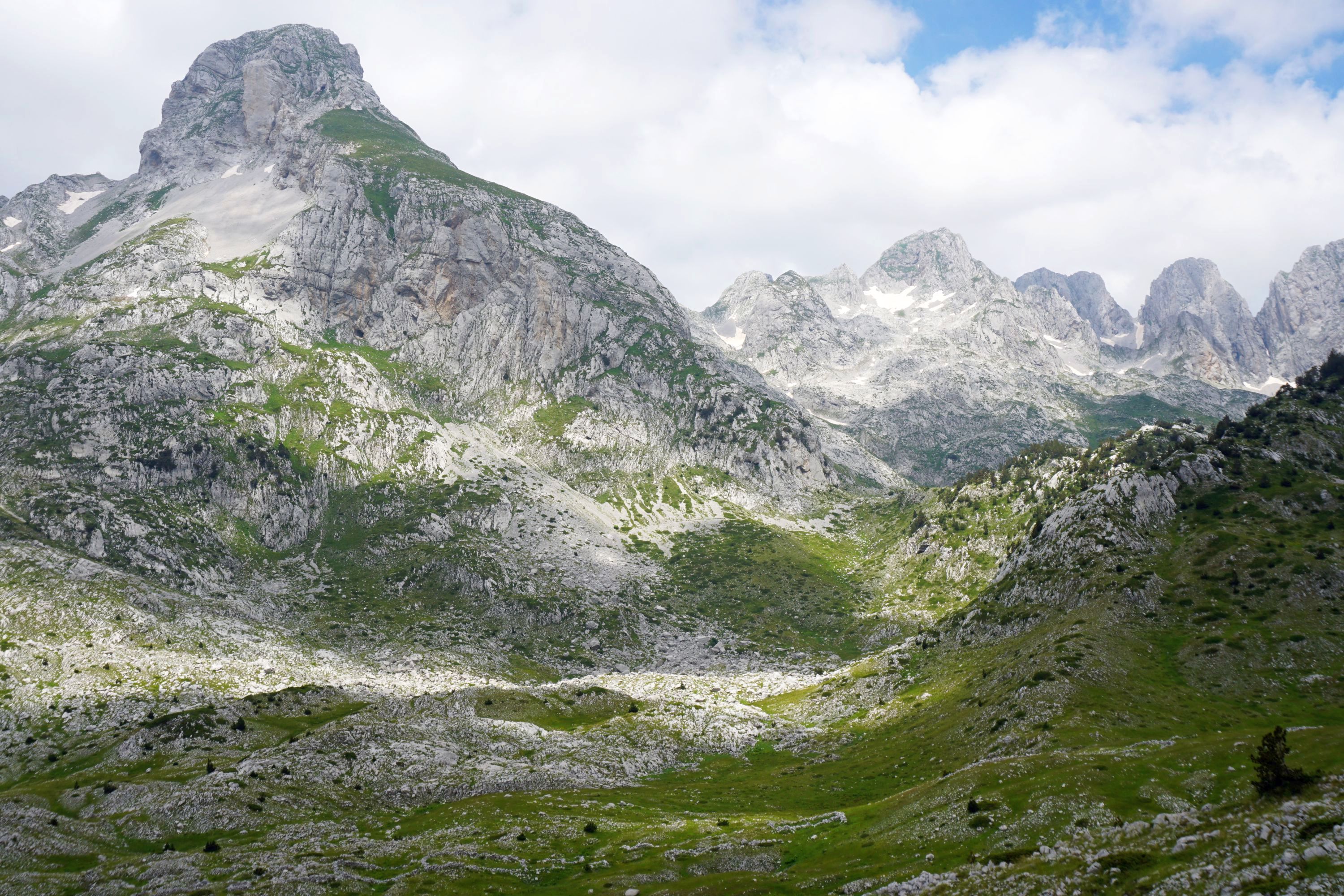
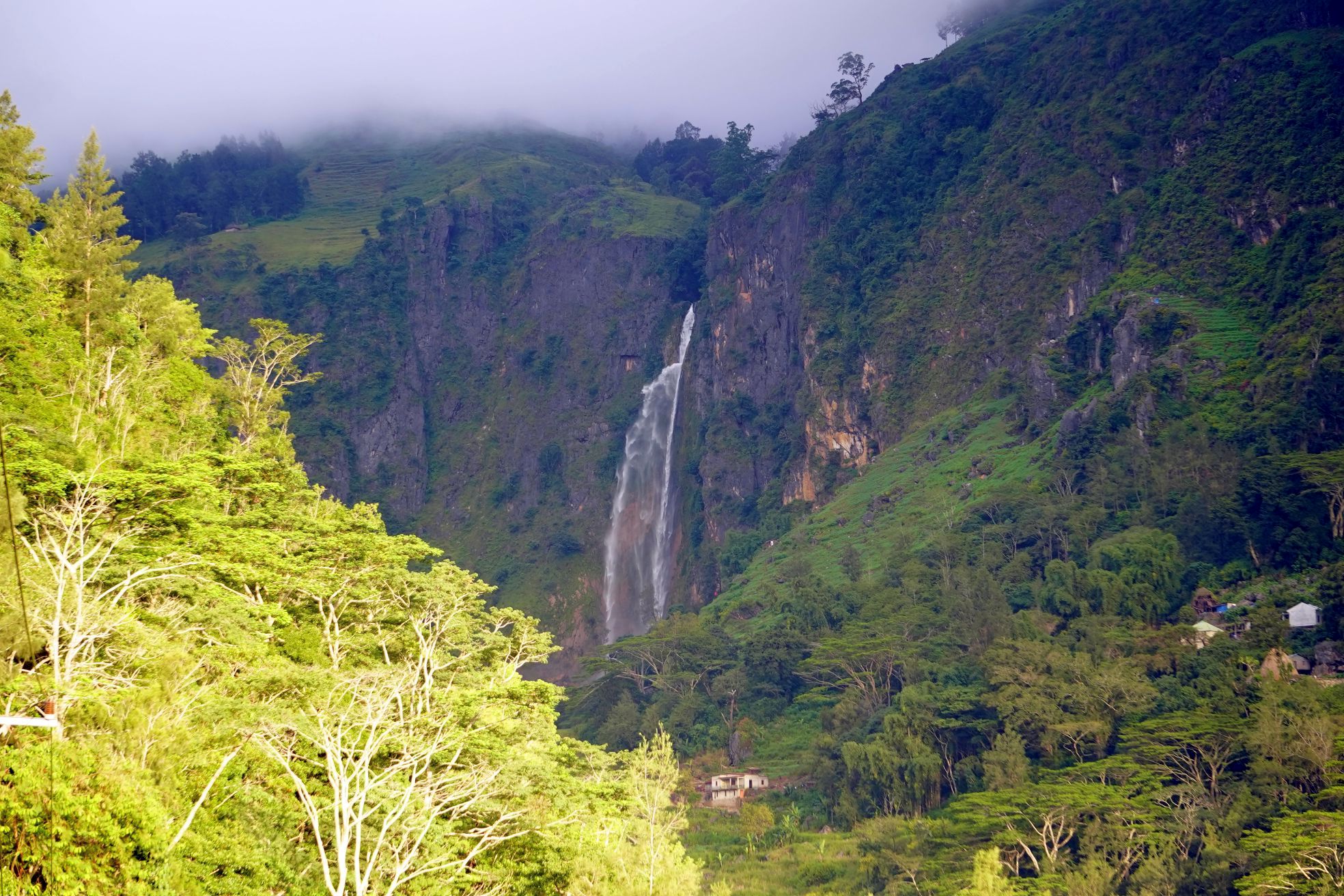

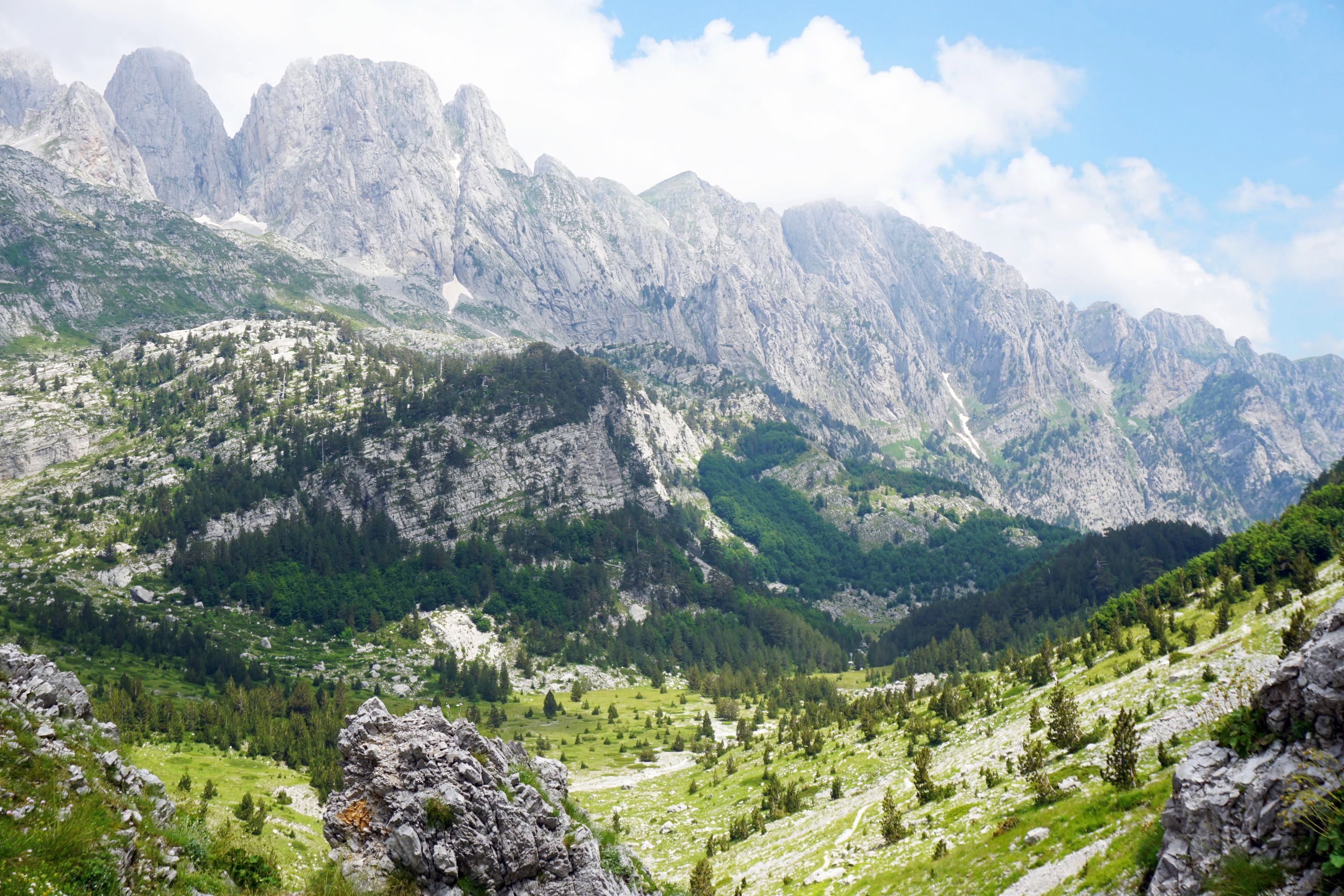
Leave a Reply